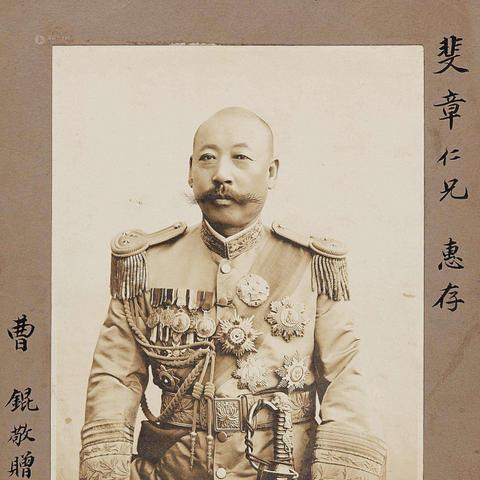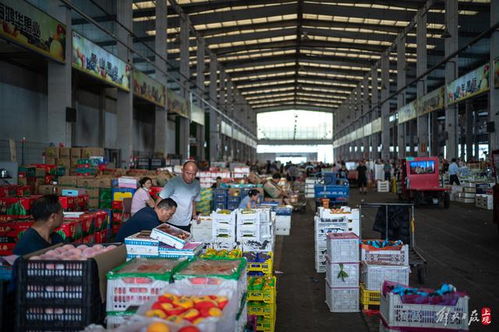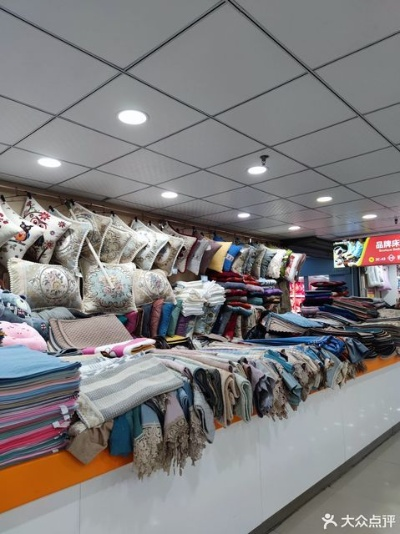The Role of Textiles in Preserving Cultural Heritage
I. Introduction Textiles, the fabrics woven from natural fibers such as cotton, silk, wool, and synthetic materials, have been an integral part of human civilization for thousands of years. They are not only a material expression of culture but also serve as a bridge between different cultures and eras, preserving the history and traditions of our ancestors. In this essay, we will explore the significance of textiles in cultural heritage protection and provide examples to demonstrate their importance.
II. Importance of Textiles in Cultural Heritage Protection Textiles are among the most valuable cultural heritage items because they are durable, versatile, and can be easily replicated. They can be used to create clothing, accessories, and even artworks that reflect the cultural identity of a particular society or region. For example, the traditional dress of the Mughal Empire in India is made of luxurious fabrics such as silk and cotton, which were highly valued by the Mughals for their beauty and symbolic meaning. Similarly, the Japanese kimono is a beautiful example of textile art that has been passed down through generations and represents the rich history and culture of Japan.
III. Textiles as a Gateway to History Textiles are often the first thing that people encounter when visiting a new country or experiencing a new culture. They are a powerful medium through which visitors can learn about the history, beliefs, and customs of a place. For instance, the intricate patterns on the traditional Chinese silk robes worn by monks during the Tang Dynasty are a testament to the craftsmanship and artistic skill of that time. Similarly, the intricate designs on the traditional African cloths worn by women are a reflection of the cultural values and beliefs of their communities.
IV. Textiles as a Tool for Conservation The conservation of textiles requires specialized knowledge and techniques to maintain their quality and integrity. Textile museums and exhibitions are essential tools for preserving these cultural treasures. For example, the Smithsonian National Museum of American History in Washington, DC, has a collection of over 100,000 textile samples from around the world, including ancient Egyptian scarves, medieval tapestries, and modern fashion pieces. These samples help researchers understand the evolution of textile technology and design across time and space.

V. Case Study: The Story of the Venetian Silk Weavers The Venetian silk weavers were one of the most famous and influential groups of textile artisans in the Renaissance period. Their exquisite silk garments were admired by artists, scholars, and royalty alike. However, despite their success, the Venetian silk weavers faced many challenges in their careers. They had to compete with other local weavers for customers and markets, and they were also vulnerable to economic fluctuations and warfare. Nevertheless, they continued to produce high-quality silk garments throughout the centuries, leaving behind a legacy of creativity and craftsmanship that continues to inspire us today.
VI. Conclusion In conclusion, textiles play a crucial role in cultural heritage protection by providing a connection between past and present. They are not only a means of communication but also a form of expression that reflects the values, beliefs, and traditions of a particular society or culture. By preserving textiles, we are ensuring that future generations can continue to appreciate and learn from the rich history and diversity of human culture.
纺织品作为人类文明的重要载体,承载着丰富的历史和文化信息,随着时代的发展,纺织品在保护与传承方面面临着越来越多的挑战,本文将探讨纺织品文物保护的重要性、现状及未来趋势,并结合实际案例进行分析和说明。
纺织品文物保护的重要性

纺织品文物保护对于传承历史、保护文化遗产具有重要意义,纺织品是历史文化的见证,记录了人类社会的发展历程和文明进步,通过文物保护,我们可以更好地了解历史,传承文化,弘扬民族精神,纺织品作为艺术品,具有极高的审美价值和文化价值,对于提升文化软实力具有重要意义。
纺织品文物保护的现状
纺织品文物保护面临诸多挑战,随着工业化、城市化进程的加速,纺织品生产过程中产生的废弃物不断增加,给文物保护带来了一定的压力,文物修复技术尚不成熟,文物保护工作需要进一步提高科学性和专业性,一些传统工艺的传承和发展面临困境,需要采取有效措施加以保护和传承。
纺织品文物保护的未来趋势
纺织品文物保护将朝着更加科学化、专业化和系统化的方向发展,加强文物保护意识教育,提高公众对文物保护的认识和重视程度,加强文物保护科研和技术研究,提高文物保护的科技水平,加强国际合作与交流,共同推动纺织品文物保护事业的发展。

实际案例分析
以某地区纺织品文物保护为例,该地区近年来积极推进纺织品文物保护工作,该地区通过建立文物保护机构、制定文物保护法规、开展文物修复工作等方式,加强了文物保护工作,该地区还积极推广传统工艺,传承和发展传统工艺文化,通过这些措施的实施,该地区的纺织品文物保护工作取得了显著成效。
在实际案例中,我们可以看到一些成功的经验和做法,该地区在文物修复工作中采用了先进的文物修复技术,提高了文物保护的科技水平,该地区还加强了对传统工艺文化的传承和发展,采取了一系列有效措施加以保护和传承,该地区还加强了对文物保护意识教育的宣传和推广,提高了公众对文物保护的认识和重视程度。
纺织品文物保护是一项重要的任务,需要全社会共同努力,我们应该加强文物保护意识教育,提高公众对文物保护的认识和重视程度,我们还需要加强文物保护科研和技术研究,提高文物保护的科技水平,我们还需要采取有效措施加强传统工艺的传承和发展,共同推动纺织品文物保护事业的发展,通过这些措施的实施,我们可以更好地保护和传承纺织品文化遗产,为人类文明的发展和进步做出更大的贡献。
Articles related to the knowledge points of this article:
The Story of Xian New District Lishan Textile Wholesale
在商丘纺织品一条街的被子批发市场中,我们深入探索了各种纺织品和被子的种类与品质。今天,让我们一同走进这个充满生活气息的市场,感受其中的温暖与舒适
The Story of Shanghai Textile Companys First Wholesale Department



